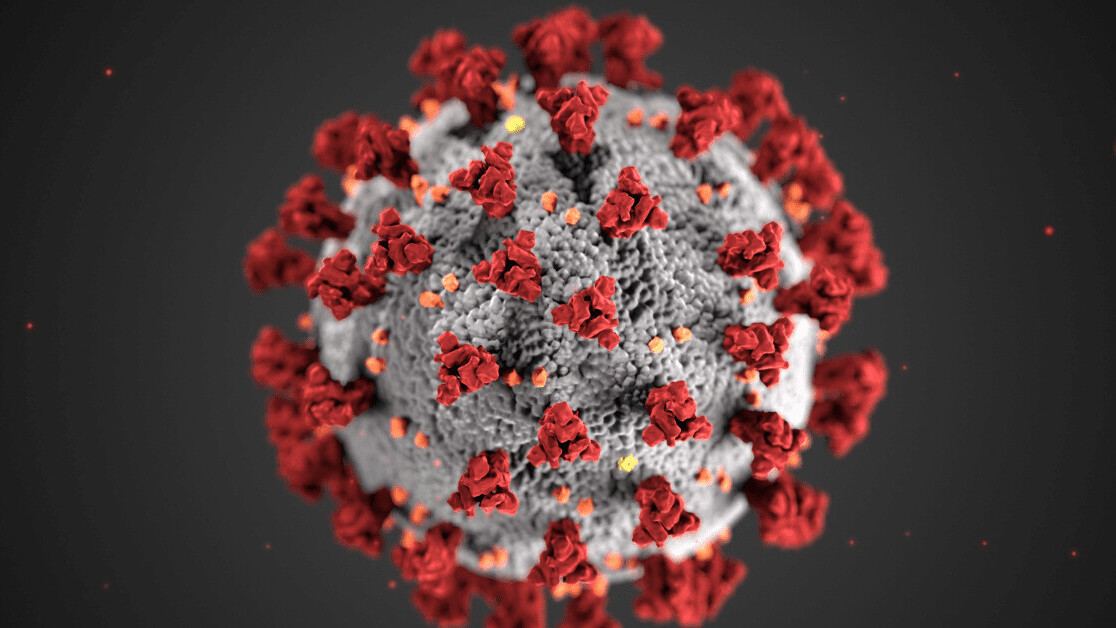Did you know Neural is taking the stage on Sept 30 and Oct 1? Together with an amazing line-up of experts, we will explore the future of AI during TNW Conference 2021. Secure your ticket now!
A team of researchers from the University of Glasgow in the UK have created an AI-powered system for identifying which diseases will make the leap from the animal kingdom to causing human infections.
This could go a long way towards preparing us for the next pandemic.
COVID-19 and dozens of other viruses that affect humans have been traced back to animal diseases. Such illnesses are called “zoonotic.”
Unfortunately for researchers and the population at large, it can be incredibly difficult to determine which animal-based diseases might make the jump from nature to people.
Thankfully, millions of years of evolution has given us a pretty advanced immune system. And that means of the estimated 1.67 million possible animal viruses, only a small fraction can infect humans. That makes it harder to predict a COVID-19 situation.
The Glasgow team hopes to make things easier using AI.
Per their research paper:
Determining which animal viruses may be capable of infecting humans is currently intractable at the time of their discovery, precluding prioritization of high-risk viruses for early investigation and outbreak preparedness.
Given the increasing use of genomics in virus discovery and the otherwise sparse knowledge of the biology of newly discovered viruses, we developed machine learning models that identify candidate zoonoses solely using signatures of host range encoded in viral genomes.
They put together a database of more than 800 viruses known to have zoonotic qualities and trained an AI system to interpret their unique genomic structures. The hope was that the AI would be able to identify potential threats before they become full-blown epidemics.
And, according to this press release, it worked:
The researchers found that viral genomes may have generalizable features that are independent of virus taxonomic relationships and may preadapt viruses to infect humans. They were able to develop machine learning models capable of identifying candidate zoonoses using viral genomes.
Quick take: This is an example of a perfect job for artificial intelligence. Humans have a clear bias against disease. We hate things like COVID-19 and cancer. And our bias translates perfectly to machine learning models.
When we tell an AI to seek out viruses that could be harmful, it’s perfectly suited for the task. If you or I tried to sift through a million images of viruses to figure out what they had in common it could take a lifetime or longer.
AI doesn’t do a better job than us, but it does a much faster job than we can. This is why it’s great for mundane tasks that don’t involve making choices for or about humans.
Any virus identified as being potentially zoonotic can be forwarded to virologists who can then give it a closer inspection.
Get the TNW newsletter
Get the most important tech news in your inbox each week.





